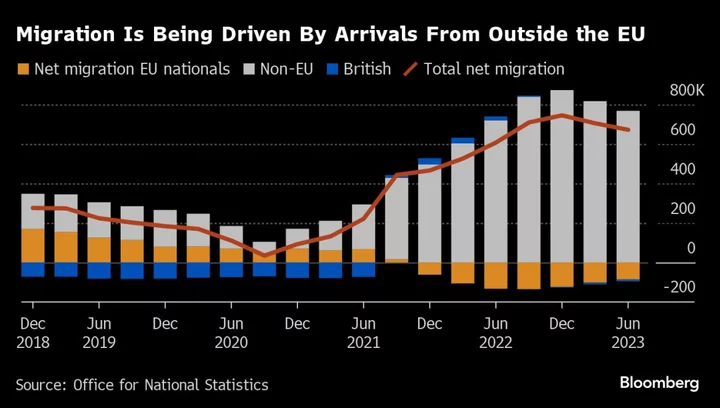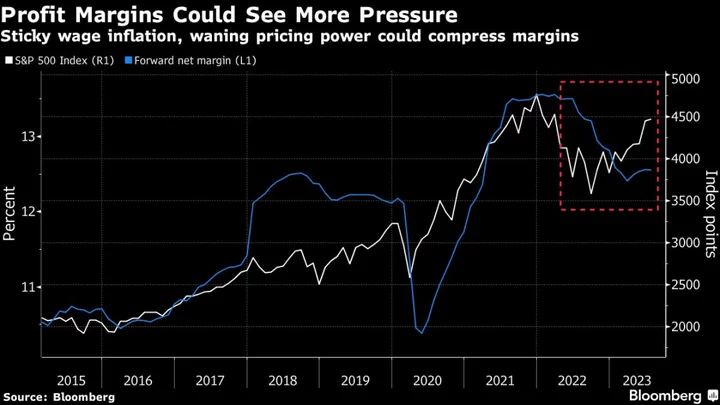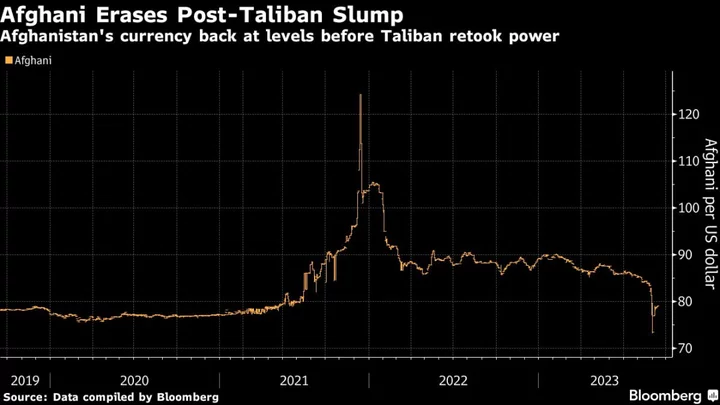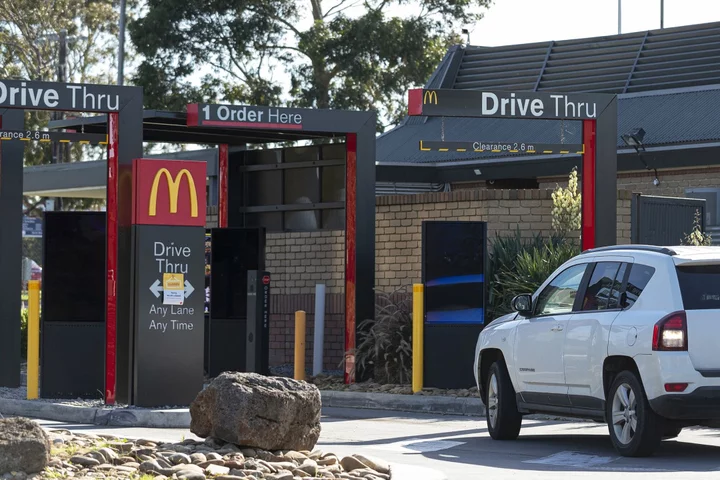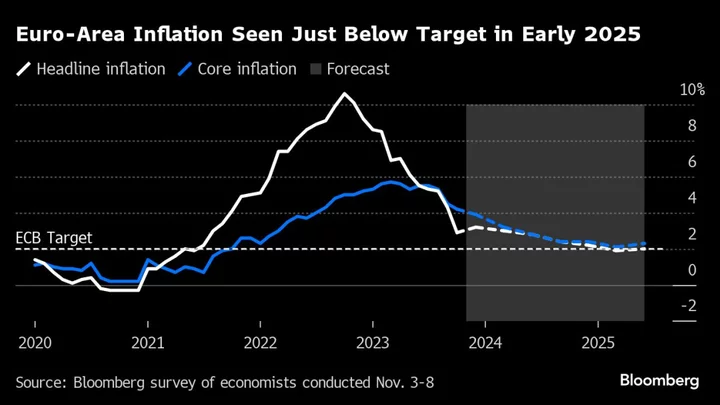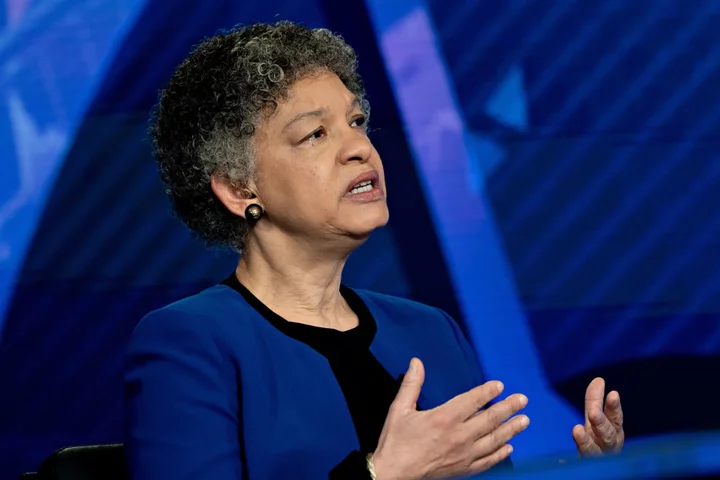A near-record number of long-term migrants came to the UK in the year ending June, laying bare the challenge for Prime Minister Rishi Sunak as he attempts to fulfill his vow of getting migration numbers down.
An estimated 672,000 more people moved to the UK than departed, according to the Office for National Statistics. Data for the year ending December 2022, which was already thought to see a record net number of migrants arrive, was revised up heavily to 745,000.
The numbers will be a tough read for Sunak ahead of a general election expected next year. His Conservative Party has promised to crack down on the number of overseas citizens coming to the UK after a desire to reduce migrant numbers fueled the Brexit vote.
But as Sunak faces the prospect of a stagnating economy with sticky inflation, driven in part by labor market shortages which have forced up wages, the need to recruit staff from abroad in areas where Britain doesn’t have enough home-grown skills has become increasingly clear.
Since the UK’s departure from the European Union, the Tory party can no longer attribute high migration numbers to free movement of people within the bloc. Instead, almost all migrants to the UK are now entering under government-sanctioned schemes, including humanitarian programs such as those available to Ukrainians and Afghans; work visas such as those issued to health and social care workers or others on the shortage occupations list, as well as students.
Net migration to the UK in the year to June was entirely driven by non-EU nationals, with 768,000 more arriving than departing. That’s up from 179,000 just four years ago. By contrast, EU nationals continued to leave on balance, with net emigration of 86,000.
The ONS said it was too early to tell if the reduction from net migration in December was a consistent trend. But it said the estimates “indicate a slowing of immigration coupled with increasing emigration.”
--With assistance from Eamon Akil Farhat.

